DATA MANAGEMENT SOLUTIONS
The issue a lot of companies face is not a lack of data, but rather an overload of data. Whether it’s because the data comes from too many different sources and must be manually consolidated, or because there is simply too much data to process manually, there is a point at which more data becomes detrimental to business. By converging numerous data sources into one system, a more accurate analysis of the system as a whole can be created. Establishing one unified access point allows data to be stored, backed up, analyzed and distributed more efficiently. Reducing the amount of manual data entry increases efficiency and reduces the chances of data entry errors. Kymera Systems excels at workflow optimization by automating how data flows through the company.
Data is at the core of all business operations. But data overflow from various sources these days make it challenging for companies to streamline management.
Labour intensive industries rely on organically sourced data but this can lead to inaccuracies. For businesses to operate efficiently, a consistent source of accurate data access that is transparent and simple to process is crucial.
Kymera Systems is an industry leader in automated data management that comes from different sources and excels at workflow optimization with high technology automated data management for the whole company from a single source.
Our automated technology allows easy data management, data amalgamation and seamless consolidation from different sources. The comprehensive automation software extracts large volumes of data from multiple sources and collected them into a single, unified platform that is easily accessible by the end users. It is simple to operate and provides intensive insights that help maximize marketing opportunities.
Kymera’s data management automation can be easily assessed and behavioural trends are effectively measured to create custom reports. A predictive analytics tool helps you resolve issues even before they occur. The dashboard can be customized and the unified point allows data to be stored, backed up, analyzed and distributed efficiently.
Contact Us
Please fill out the form below and one of our representatives will be in touch with you in the near future.
Case Study
The Challenge
The client has an aging system, Siemens FactoryLink, that is at the verge of discontinuation, and they must be upgraded to one that is currently supported while also bringing upon improvements to rationalize the cost of the change. The challenge is to create a system that is able to tie together all the legacy devices with their wide range of configurations and transition to Ignition within a set of defined phases. The current Ignition system has 518,000 tags with 10-12 clients connected to: Kepware (600 FloBoss100 series, 50 FloBoss300 series, five SCADAPacks), Ignition (four ControlLogix, four 4 SLCs) and DeltaV via OPC-DA. All history is being stored in a SQL Server 12.000 installation on the central server.
The
Strategy
The Strategy
In order to meet the client’s requirements, we set up hub-and-spoke architecture.
The hub houses all screens and non-transferable artifacts and the spokes house local tags and a set of screens to use for local redundancy. From a hub-based client, users are able to view any site to any level of granularity. If the connection to the hub is disrupted, the spokes still have access to their local screens and data. The GAN (gateway area network) allows Ignition to use remote tag providers which allow for such decentralization of tags, while also allowing all the sites to be centralized to one area. Alarm state is passed through the GAN for dissemination by the central server.
The Result
Ignition has allowed the client to upgrade its SCADA system without upgrading the legacy hardware. The flexibility and intelligent scripting driving our data collection for the client’s accounting system has mitigated both connectivity issues and the frequency of collected errors, drastically reducing the requirement for human intervention. Our communications metrics provide actionable information on underperforming devices which in turn allows the administrators to target devices for reconfiguration or replacement. The metrics can also provide valuable comparisons of the effectiveness of configuration changes to the communication network. Kymera standardized the data and display of the assets and together with the GAN architecture the client is now able to visualize the entire system from one client.
In the future Ignition will provide an interface for recording notes, calibration and testing of the client’s assets. We plan to integrate a system for organizing, planning and entering the results of these functions. In the future, this instance of Ignition will incorporate three more spokes, hundreds of new devices and thousands of tags. Once fully integrated we will be able to replicate the reports currently in use and Ignition will have replaced all of the functions of the previous system.
